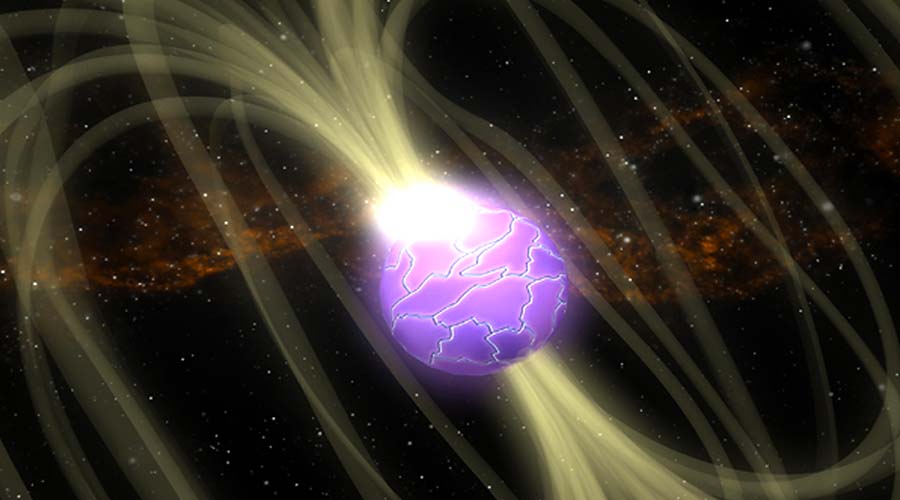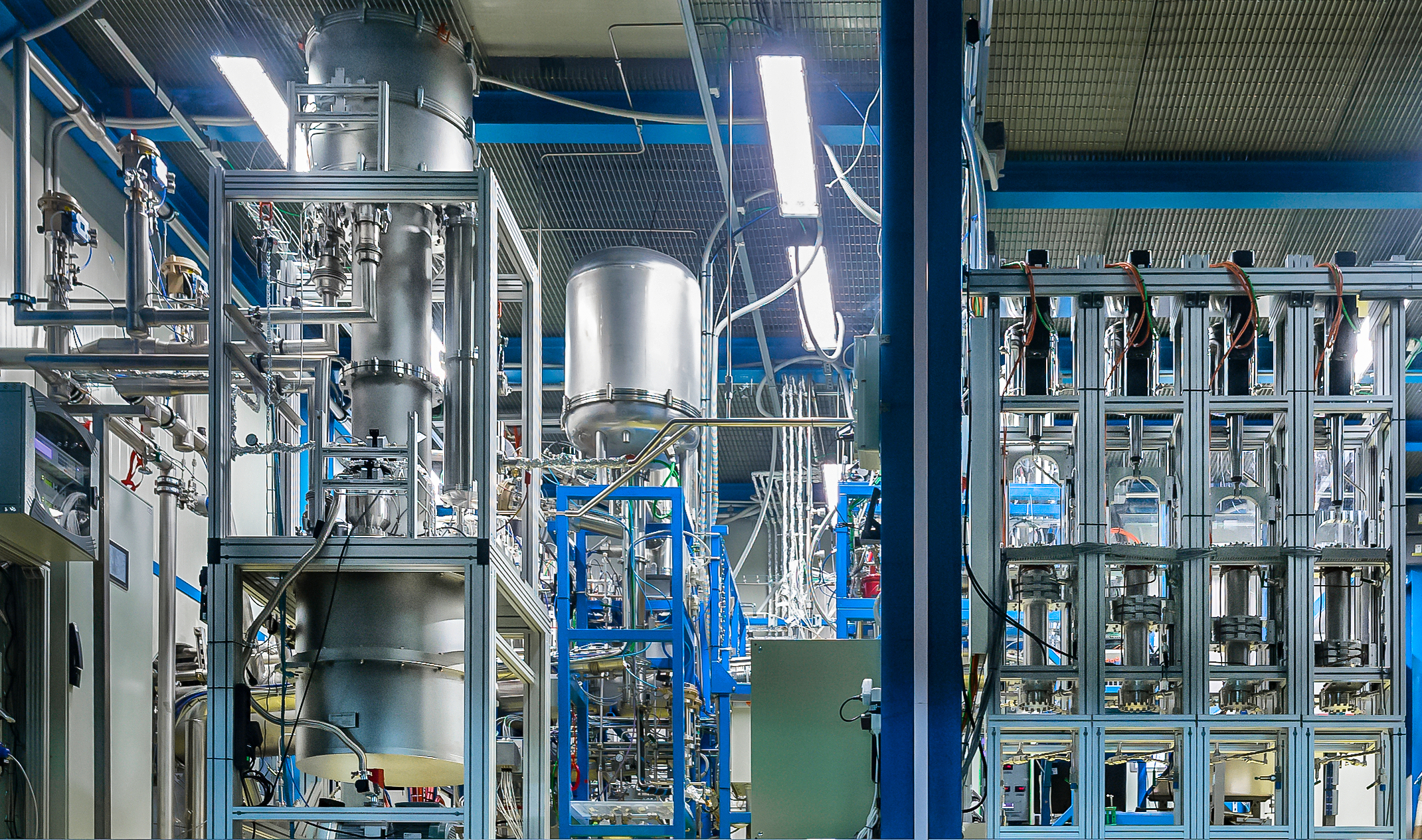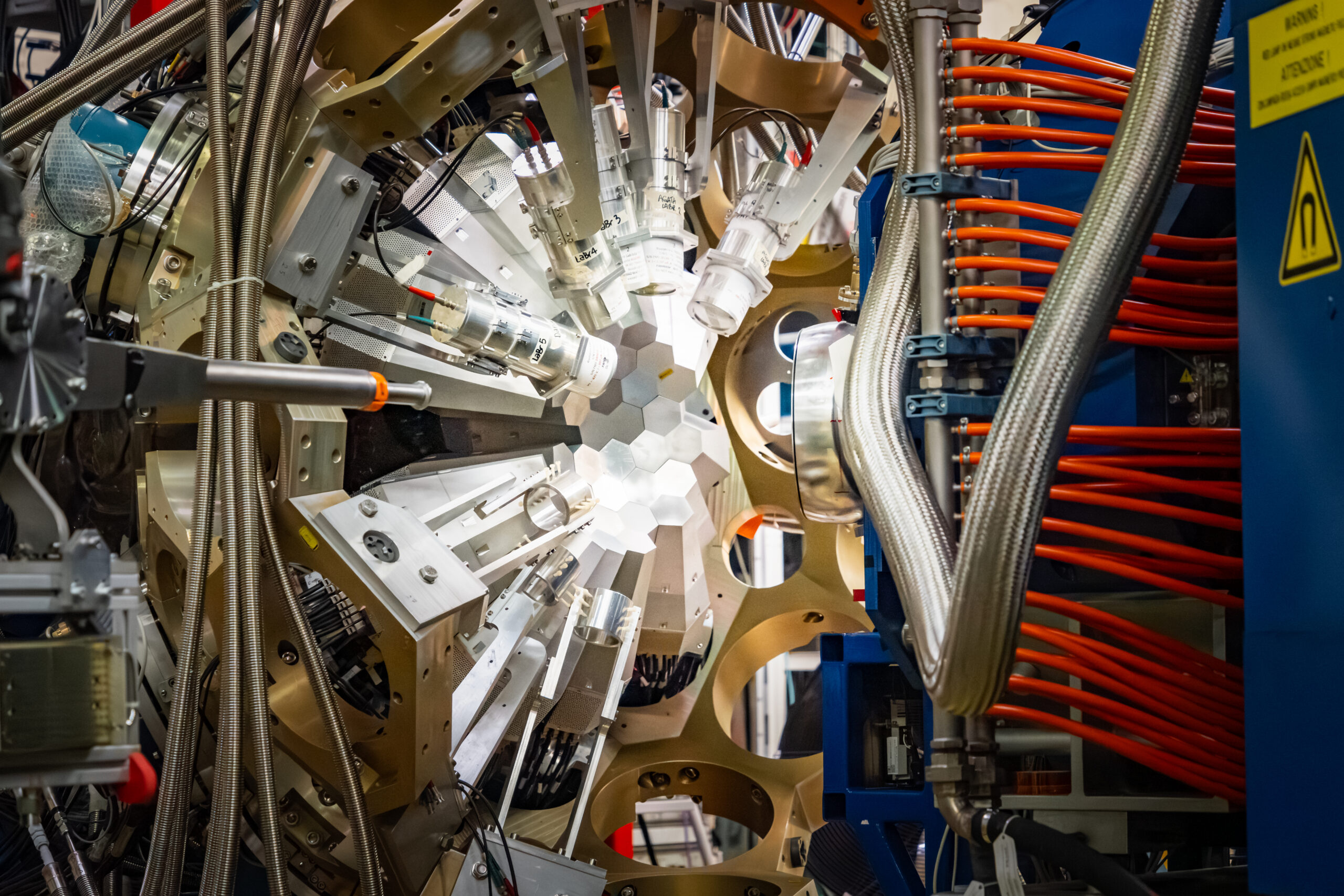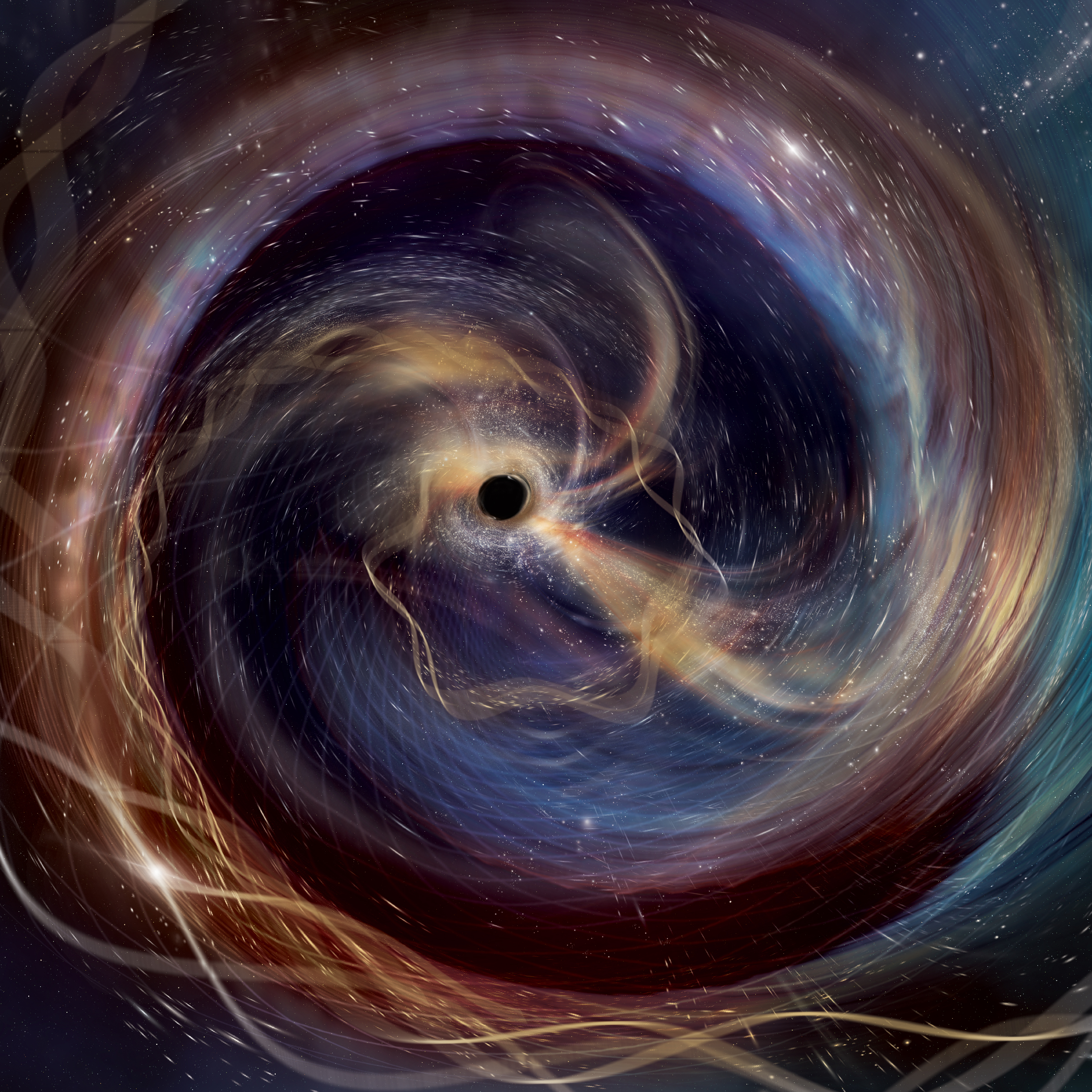
An Italian team of researchers from INFN, INAF, the National Institute for Astrophysics, and Stony Brook University (USA) has shown for the first time that a newly formed and rapidly rotating magnetar, that is a neutron star with an extremely high magnetic field rotating on itself many hundreds of times per second, can explain in detail the different stages of gamma-ray burst emissions, from their violent ignition to their ultimate extinction. The result was obtained by comparing theoretical predictions with a rich data set in the X-ray and gamma-ray band. The study was published in The Astrophysical Journal Letters. Gamma-ray bursts (GRBs) are short explosive events that are among the most violent in the universe. Their energy is transferred into very powerful collimated jets that emit the radiation we observe. GRBs are believed to originate in the process of forming a stellar-mass black hole, after the gravitational collapse of a star at the end of its lifecycle, or in the collision and merger of two neutron stars. In recent years, another hypothesis has, moreover, been developed: the GRBs, or at least a relevant fraction of them, could be produced by the formation of a magnetar rotating on itself many hundreds of times per second. Magnetars, like other neutron stars, have a mass similar to that of the Sun, but concentrated in a volume the size of a large city, and has extremely high magnetic fields. Discovered in our galaxy in the 1990s, they are characterized by intense emission in X-rays and gamma rays having a magnetic origin, spotted by recurrent paroxysmal episodes of short duration and enormous luminosity. Their origin is to date one of the most studied mysteries in the astrophysics of compact objects. The new work combines knowledge gained in the study of magnetars and matter-capturing neutron stars with the main characteristics of GRBs, demonstrating how a newly formed and rapidly rotating magnetar can explain, better than a black hole, the properties of some of the most studied GRBs.





